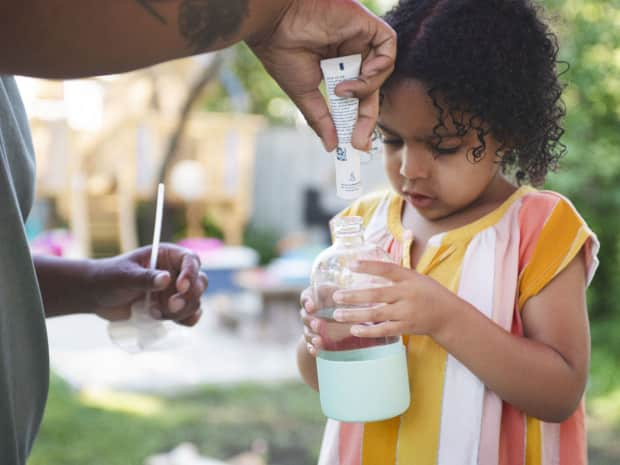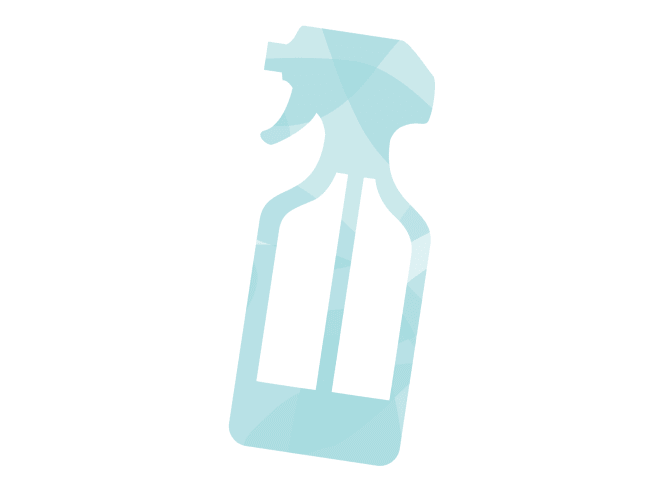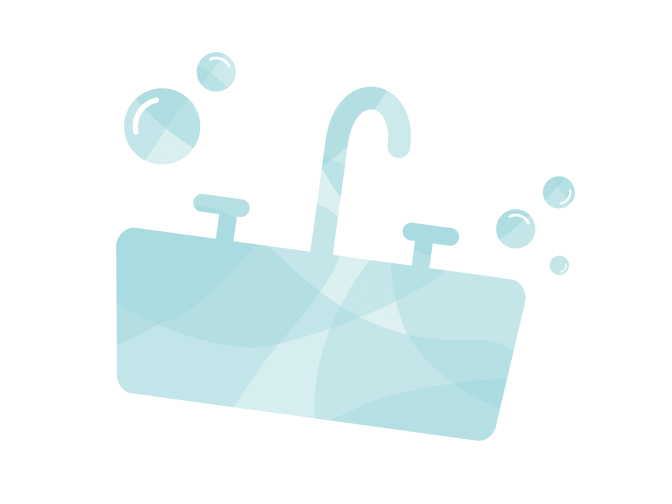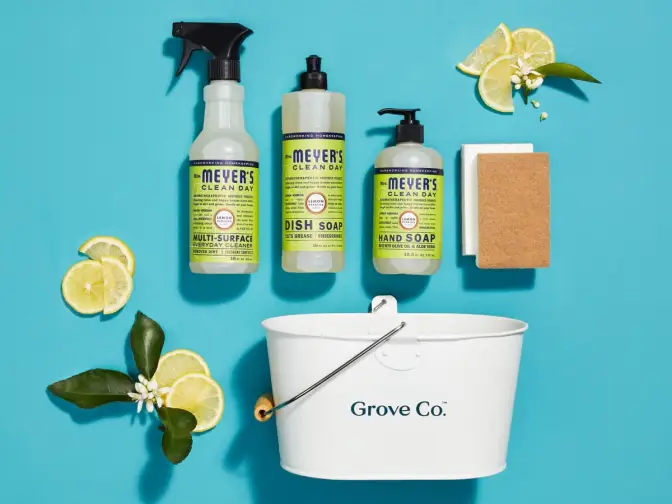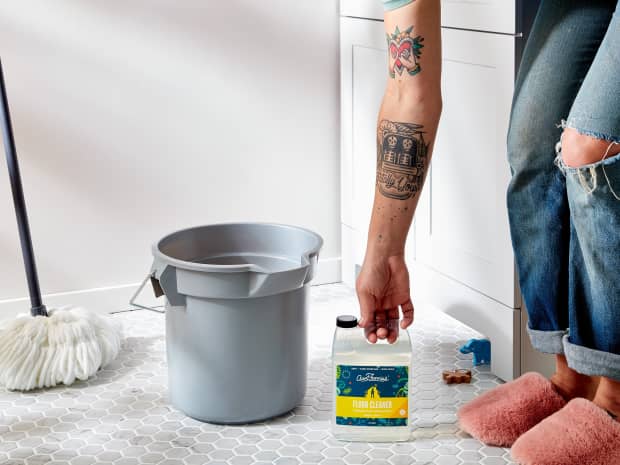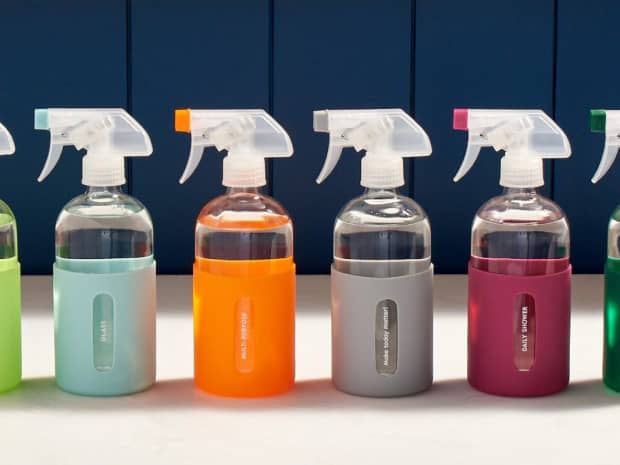Cleaning is defined by Merriam Webster as “to rid of dirt, impurities, or extraneous matter.” So, no matter if you’re wiping down a counter with water and soap, a natural cleaning wipe, or a disinfectant wipe, you’re cleaning.
To try and understand more of the basics of cleaning, as well as green cleaning, we talked to the experts at Grove to learn a little bit more.
Senior Director of Science and Formulation, Clement Choy, Ph.D. (also known as Clem) told us the following about cleaning products in general.
“Cleaning products is a very large category. In general, other than laundry detergents and manual or auto dishwashing detergents, most other products including general purpose and specialty cleansers form part of the Cleaning Products portfolios.
They can be room specific (bathroom kitchen, laundry room), fixture specific (toilet, shower bathtub), or surface specific (tile, marble, granite, wood).”
What is green cleaning?
Clem says “green cleaning is important as it encompasses the choice of products that focus on human safety and environmental safety as two key drivers, while minimizing any potential tradeoff on efficacy of the product.
As the technology and chemistry of green ingredients advance over time, the efficacy of green cleaning has improved significantly and in most instances it matches efficacy from conventional products.”
So most of the time, you actually don't need to spread harsh chemicals around the house to get a really deep-down clean. Green cleaning products utilize the oils, essences, and nontoxic chemicals of plants to effectively clean.
But, sometimes cleaning products that go above and beyond, i.e., natural and eco-friendly sanitizers and disinfectants, are necessary. So what’s the difference between these two and when should you use them?

